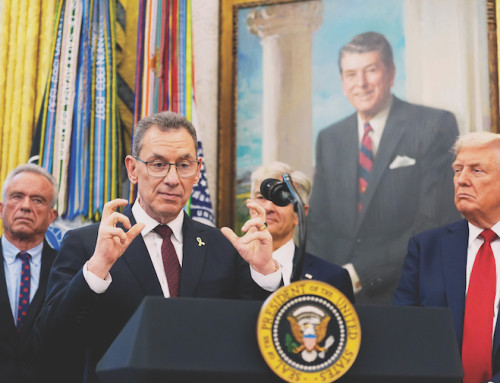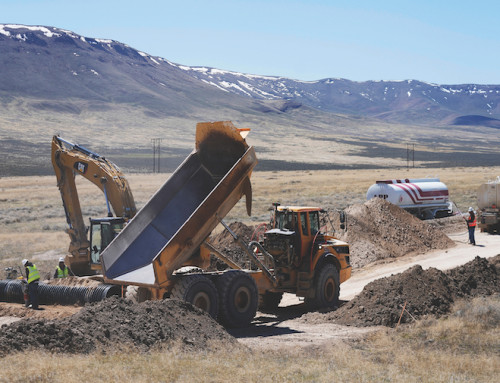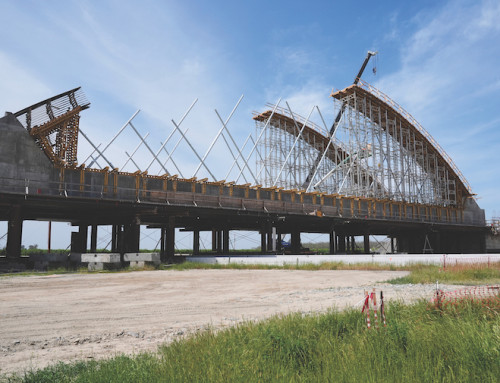WASHINGTON (AP) — The Trump administration earlier this week said it will open 13 million acres of federal lands for coal mining and provide $625 million to recommission or modernize coal-fired power plants as President Donald Trump continues his efforts to reverse the years-long decline in the country’s coal industry.
Actions by the Energy and Interior departments and the Environmental Protection Agency follow executive orders Trump issued in April designed to revive the coal industry, a reliable but polluting energy source that’s long been shrinking amid environmental regulations and competition from cheaper natural gas.
Environmental groups denounced the actions, which come as the Trump administration has clamped down on renewable energy, including freezing permits for offshore wind projects, ending clean-energy tax credits and blocking wind and solar projects on federal lands.
Under Trump’s orders, the Energy Department has required fossil-fueled power plants in Michigan and Pennsylvania to keep operating past their retirement dates to meet rising power demand amid growth in data centers, artificial intelligence and electric cars.
The latest announcement would allow those efforts to expand as a precaution against possible electricity shortfalls. Trump also has directed federal agencies to identify coal resources on federal lands, lift barriers to coal mining and prioritize coal leasing on federal lands.
A tax bill approved by Congress and signed by Trump reduces royalty rates for coal mining from 12.5 percent to 7 percent, a decrease that officials said will help ensure American coal producers can compete in global markets. The new law also mandates increased availability for coal mining on federal lands and streamlines federal reviews of coal leases.
“Everybody likes to say, ‘drill, baby, drill.’ I know that President Trump has another initiative for us, which is ‘mine, baby, mine,’” Interior Secretary Doug Burgum said at a news conference at Interior headquarters.
Environmental Protection Agency Administrator Lee Zeldin and Energy Undersecretary Wells Griffith also spoke at the event. All three agencies signed orders boosting coal.
“By reducing the royalty rate for coal, increasing coal acres available for leasing and unlocking critical minerals from mine waste, we are strengthening our economy, protecting national security and ensuring that communities from Montana to Alabama benefit from good-paying jobs,” Burgum said.
Zeldin called coal a reliable energy source that has supported American communities and economic growth for generations. “Americans are suffering because the past administration attempted to apply heavy-handed regulations to coal and other forms of energy it deemed unfavorable,” he said.
Environmental groups said Trump was wasting federal tax dollars by handing them to owners of the oldest, most expensive and dirtiest source of electricity.
“Subsidizing coal means propping up dirty, uncompetitive plants from last century — and saddling families with their high costs and pollution, said Ted Kelly, clean-energy director for the Environmental Defense Fund. “We need modern, affordable clean-energy solutions to power a modern economy, but the Trump administration wants to drag us back to a 1950s electric grid.”
Solar, wind and battery storage are the cheapest and fastest ways to bring new power to the grid, Kelly and other advocates said.
“It makes no sense to cut off your best, most affordable options while doubling down on the most expensive ones,” Kelly said.
The EPA earlier this week said it will delay seven deadlines related to wastewater pollution from coal-fired power plants. The industry has complained that regulations imposed under the Biden administration were costly and designed to speed the closure of coal plants.
Coal ash, the waste from burning coal, can leach into groundwater and spread toxins. The Biden administration said the rules were aimed at keeping arsenic and lead out of well water, lowering cancer rates and avoiding disastrous spills.
The EPA also said it will open a 60-day public comment period on potential changes to a regional haze rule that has helped reduce pollution-fueled haze hanging over national parks, wilderness areas and tribal reservations.








